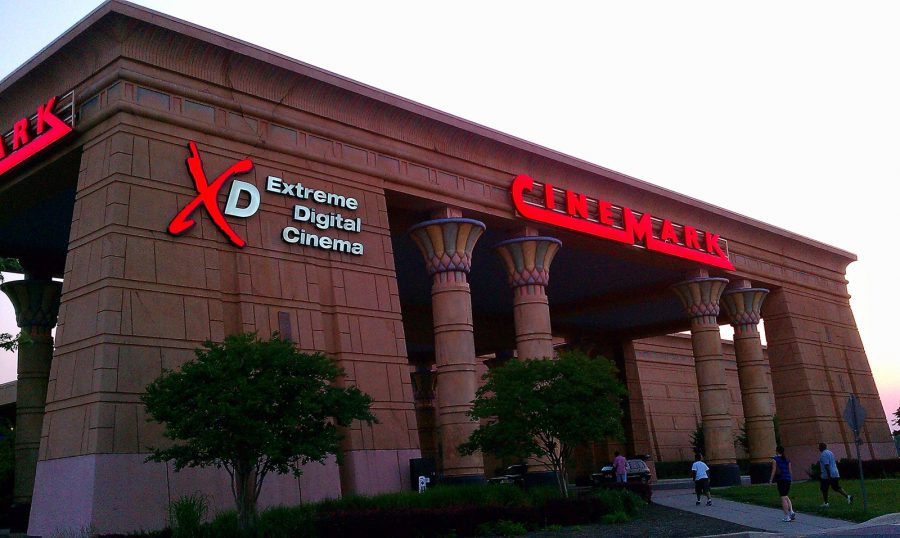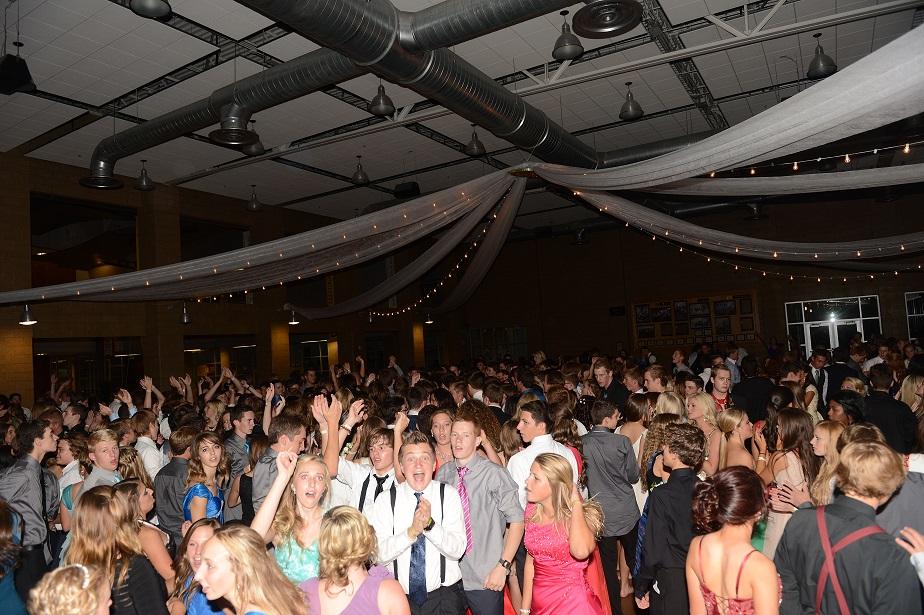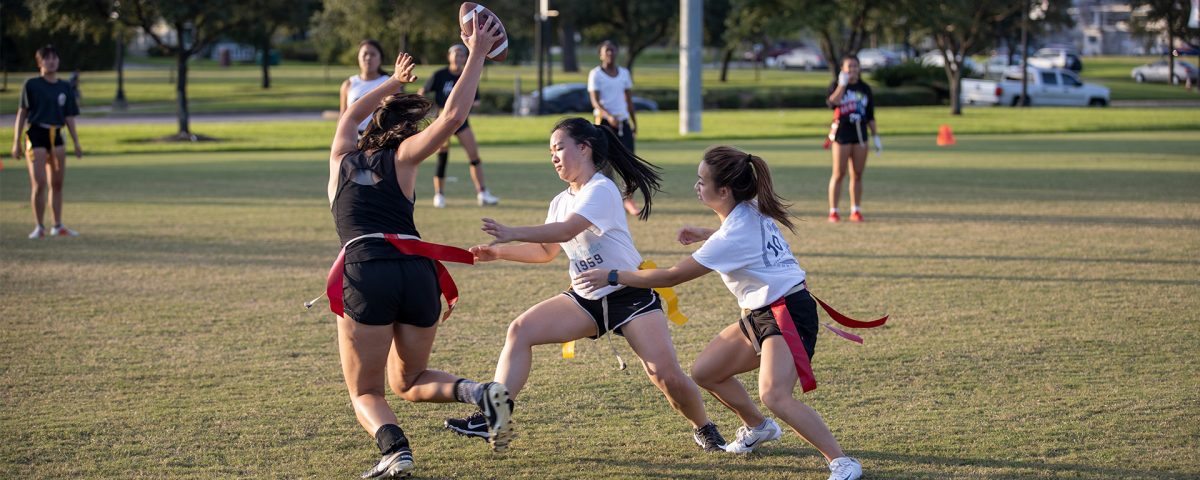Block schedule or traditional
The traditional school schedule is having 50-minute classes where students attend all their classes every day. Davis High School uses block scheduling where classes alternate days and are separated into A and B days.
“I like A/B mostly because it allows for a day in-between class. I’m sure teachers would assign stuff differently (with a traditional schedule) but still.” Says Davis student Camden Bywater.
Davis student Ashton Bond states, “It is way easier to keep everything organized. It is easier than doing eight classes worth of work every night.”
Being able to have an in-between day provides more time for teachers and student to prepare for the next lesson. Having a longer class period also allows for more in-depth conversations and question time with teachers.
“The largest benefit is having a longer time in class to learn. You have time to relax and learn what you are doing with time to practice it in class.” Says Bywater.
The benefit of having a lot of class time could also be seen as the disadvantage of block schedule. Teachers could find it hard to fill all the time and students easily get burnt out on the lesson. Having the shorter and more consistent class schedule with the traditional style removes this problem.
More transition periods and a shorter amount of time required to focus on a subject keeps the school day more interactive and productive for students. The constant meeting also makes it easier for students to make up absences because students meet with the teachers every day instead of every other. Block schedule leaves more work and learning time missed which is hard to make up with the fewer meetings per class.
Both schedules have their own benefits and disadvantages, but what get favored seems to be a matter of opinion based on how well students work in each environment.

























